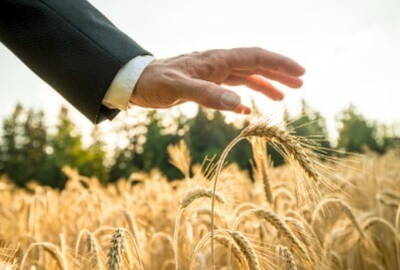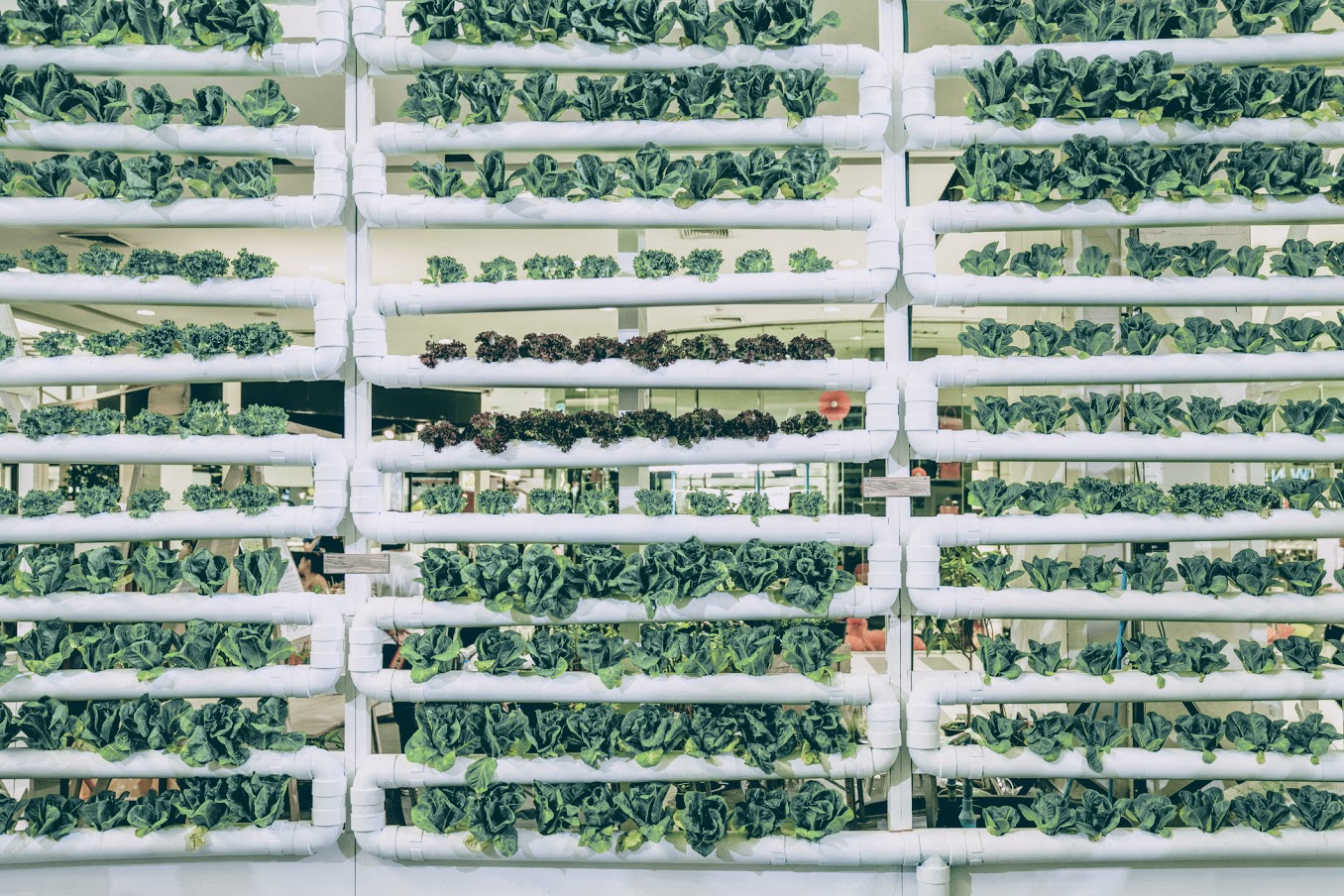Scientific research and technology have affected all industries, and the agriculture industry is no different. Some of the recent attempts to improve farming led to vertical farming, the research-intensive farming method.
Despite less public awareness about its workings, this method has continued to evolve. It has now become a lucrative career for graduates in the UK. However, it is vital to learn more about the field before anyone can decide whether it is the right one for them.
What is Vertical Farming?
Vertical farming is the method that produces food on vertically stacked surfaces rather than growing them on sizeable and linear areas of farmland or in greenhouses. The idea is to maximise food production per unit of land to optimise farming and food production.
Aside from shifting farming from agricultural land to structures like buildings and warehouses, vertical farming also creates a lab-like environment to facilitate growth. Such techniques are why the method is considered research-intensive.
How Vertical Farming Operates
Several factors unique to the operational dynamics of vertical farming set it apart from all other methods.
1. Layout
As mentioned above, vertical farming involves growing plants on vertical stacks with several rows instead of producing them in a single horizontal row of farmland or greenhouse. The purpose is to maximise production per square metre.
2. Temperature and Lighting Control
Vertical farming optimises production by creating a lab-like environment where they control the lighting and temperature to ensure plants consistently get the ideal conditions to grow in.
3. Growing Medium
Instead of using soil as a growing medium and source of nutrition, vertical farming uses the following growing mediums to provide plants with the necessary nourishment:
¨ Aeroponic – Lettuce, basil, strawberries, mint, tomatoes
¨ Aquaponic – Watercress, lemongrass, coriander
¨ Hydroponic – Spinach, bell peppers, cucumber, stevia
4. Additional Features
Vertical farming has proven that creating sustainable farming methods without reducing produce quantity is possible due to creating lab-like environments. While the existing research cannot support sustainable operations on a bigger scale, there is a chance of us achieving this outcome in the future.
Benefits of Vertical Farming
Vertical farming has several advantages that make it valuable for the future of the food and agriculture industry.
1. Grow Plants All Year Round
With the ability to control lighting, temperature, humidity, etc., vertical farming can grow seasonal vegetables all year round without chemically modifying them extensively. It also reduces the need to preserve seasonal plants, which requires chemicals that can be harmful in the long run.
Furthermore, given space optimisation, vertical farming can accomplish this feat without converting more natural land into agricultural land.
2. Sustainable Water Usage
Regular farming methods have always struggled to include sustainable water consumption during the farming process, but vertical farming accomplishes this easily. With environmental control, vertical farming techniques reduce 70% to 95% of farming water consumption.
3. Lower Chemical Exposure
The lab-like environment prevents common pest related problems; therefore, the method does not use poisonous pesticides while growing plants. Pesticide usage is an environmental hazard and has resulted in several cases of pesticide poisoning for both humans and wildlife.
There has been a growing call to limit their usage to reduce chemical exposure, and vertical farming provides a viable solution. This method also reduces chemical exposure by reducing the need for chemically modified fertilisers.
Since natural farming cannot cultivate seasonal plants all year, it uses chemically modified fertilisers to boost production to meet demand non-seasonal demands for seasonal products. Vertical farming creates environmental conditions to grow plants all year round instead, drastically reducing chemical modifications.
4. Lowers Weather Uncertainty
One of the best benefits of vertical farming is that it removes weather-related risks common to agriculture industries. Unprecedented rains, frost, drought, or heat often destroy billions of dollars worth of agricultural produce and put months of hard work to waste.
By creating optimal weather conditions instead of relying on natural ones, vertical farming cuts down the uncertainty associated with the farming industry in general.
5. Better Availability of Organic Produce
Organic production focuses on growing plants without using synthetic pesticides, herbicides, etc. It also practices biodiversity and ecologically friendly production since they are sustainable methods.
While organic food has picked up popularity due to the lack of harmful chemicals, the method can only cultivate a limited food supply. Vertical farming can help increase supply levels of organic food since it can control conditions and does not face seasonal limits for production.
This ability can be a game-changer for the organic food industry. Organic produce is expensive due to limited supply, making it inaccessible to the middle to lower socio-economic brackets. Vertical farming can help remove this limitation to some extent.
Limitations
Despite several benefits, a few limitations are facing the vertical farming division in the agriculture industry.
1. Costly
The infrastructure needed for vertical farming is costly to produce, and it will take several years to break even. The size of initial investments deters most business owners from entering this field.
Vertical farming also needs more skilled employees. Since it costs higher to employ a more skilled workforce, the field has higher labour costs, making it an expensive industry to operate in.
2. Technological Dependence
Vertical farming is heavily dependent on technology as condition control is a significant part of the cultivation process. Extreme dependency increases risks because a single day without power can cause thousands of batches of production to rot.
3. Pollination Inefficiency
Natural pollination is dependent on bees and other insects that transfer pollen as they go about their routine food scavenging. Without bees to help pollinate plants in vertical farming setups, the process becomes difficult and costly.
Jobs in Vertical Farming in the UK
Vertical farming has become a heavily sought after field despite the limitations because of its potential. It can improve sustainable farming and meet global food demands and improve product quality by reducing the number of chemicals involved in the production process.
If you find this field exciting and are looking for jobs in vertical farming in the UK, you’re in luck. There is a demand for skilled graduates in vertical farming, making it a lucrative career choice.
You can easily find the jobs you are looking for by accessing our job page. We specialise in recruitment for the agricultural, farming and food industry. It's our aim to find you the perfect job.












